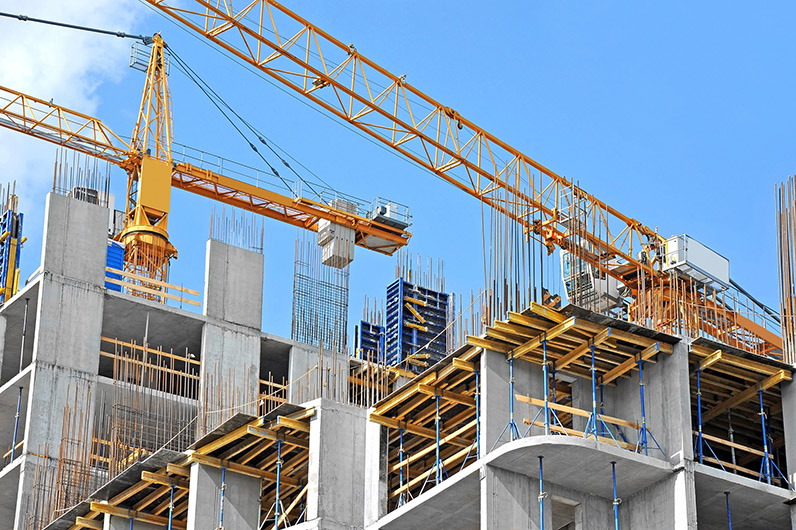More news
- Focus on the global coatings market: Global coatings market outlook
- View from the UK: Navigating chemical policy and sustainability
- Focus on adhesives: Unveiling unbreakable bonds – Testing redefines physical strengt...
- Focus on adhesives: Henkel and Covestro collaborate for sustainability of engineered wood ...
- Advances in construction chemical technology: What’s new in 2024?

Gert Hirv, Board member at Polimaris, details a case study project that the company worked on, providing a waterproofing solution for a large, commercial roofspace
A Polimaris representative received an invitation from a Director of an Estonian shopping centre to come and check on the condition of the roof and find a solution for its waterproofing. The entire work included project management and the organisation of various construction works in such a way that the leakage problems could be eliminated and the roof could continue to be used as a parking lot and the employees would not have to worry about possible leaks on the first floor commercial areas.
The work was divided into two phases. In the first phase, we installed a polyurea coating on the edges of the inverted roof parking lot, which were covered with bitumen roll material in the order of 550 metres. In the second stage, we cut new working joints in a volume of 1000 metres, installed rainwater drains, new metal ventilators, and waterproofed the perimeter both vertically and horizontally. The biggest challenge with this roof was its large movement in four dimensions. The engineers decided that the problem would be solved by cutting new additional working joints in the inverted concrete roof, which was meant to reduce the movement caused by the expansion or contraction of the concrete slabs due to heat or cold.


As the first stage of work, we pressure washed the sbs coating on the vertical surface with warm water and cleaned the concrete surface with a sandblaster. Before priming, we checked the pore size of the concrete surface with a sand circle test. After finding out the test results and making sure that the concrete surfaces are suitable for priming, we used an epoxy primer on the concrete surface, which we mixed with a solvent, so that greater absorption into the base surface took place. We applied the second layer of primer using the wet-wet method, and after priming the surfaces, we threw quartz sand on top to ensure mechanical adhesion in addition to chemical adhesion.
The whole priming process was complicated by the fact that we had two different surfaces like sbs (vertical) and concrete (horizontal) where we had to use a polyurethane-based primer and an epoxy primer at the same time. In warmer weather, it is necessary to monitor the life of the plot and ensure that the installation of the polyurea coating is not delayed. We started spraying the polyurea coating the next day and at the same time, we immediately installed a UV-resistant paint. This is possible only because the polyurea dries in seconds and the substrate was ready to be painted within 30 minutes. Throughout the first phase of the project, we monitored the weather forecast, measured the soil moisture on the concrete and the primer, measured the thickness of the polyurea layer and performed the necessary tensile tests on the concrete surface.
READ MORE:
Industry viewpoint: Engage early to solve puzzle of UK’s new Building Safety Act
As part of the second stage, our task was to waterproof 1,000 metres of vertical and horizontal surfaces in the entire perimeter of the object. The main concern was that the bitumen roof began to leak from the corners and there was a need to install a new coating that is significantly more durable and flexible. We decided to use a pure polyurea coating intended for the roof, the elongation at break was 500% polyurea product, which we used against the requirements set for flat roofs and had the Broof T2 certificate. After the work was completed, the result was excellent and the owner was very satisfied because the cracks and fissures caused by the tearing of the bitumen coating were covered and the leaks were eliminated.
In this situation, the polyurea solution was the best, which ensures usage of the object without problems for a long period.
For more information, visit: https://polimaris.com/
Polimaris is a member of the Polyurea Development Association Europe








